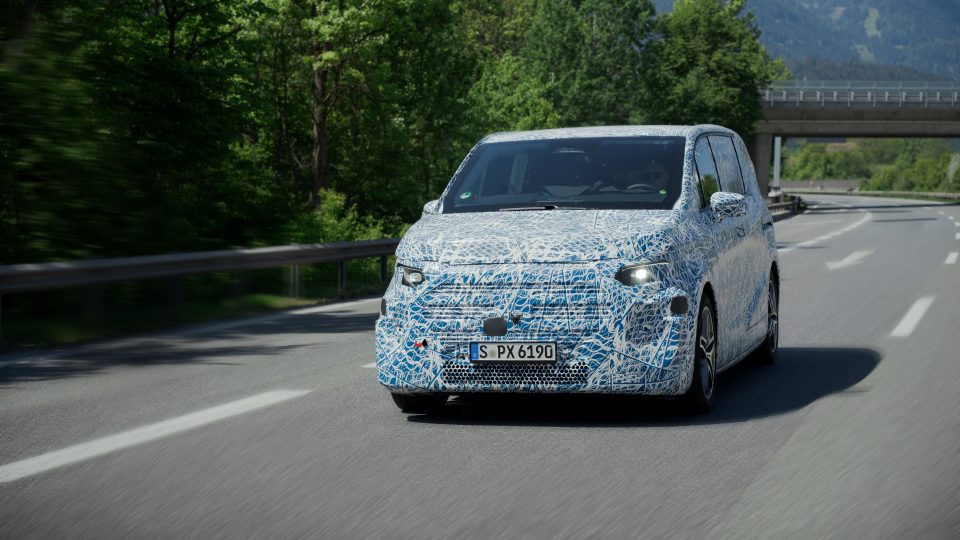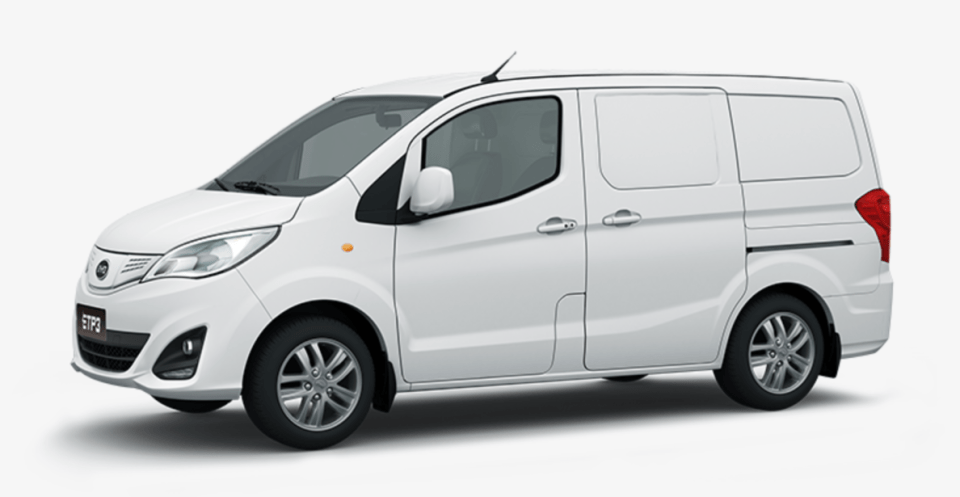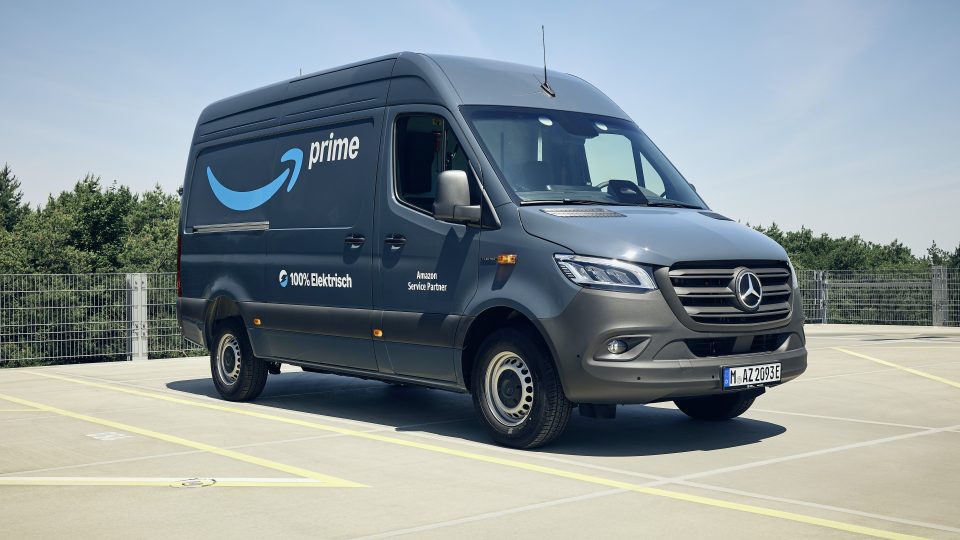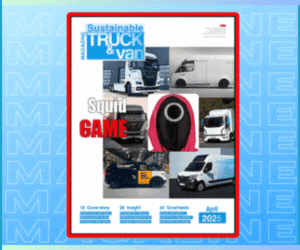Prospects, microfactories and disruptive elements. The Arrival project explained by Andrea Finardi, Head of Commercial for Southern Europe
«Arrival wants to invest in both commercial vehicles and buses in Southern Europe, also due to the development plans made possible by the European Union funding programmes», he told us. «This also applies to production and to the fabric of microfactories, where the vehicles will be manufactured».
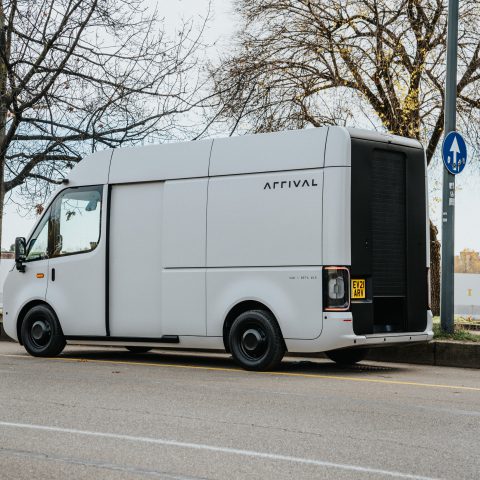
Arrival has been working quite silently for the last six years, conceiving, fine-tuning and developing a project that, if successful, might shake up not only the so-called last mile delivery, but also urban public transport. It was rather clear during the two Italian stages of the Arrival European roadshow, held in Milan and Rome, that such a complex project deserved an in-depth examination, starting from the plans of Arrival in Southern Europe.
«Arrival wants to invest in both commercial vehicles and buses in Southern Europe, also due to the development plans made possible by the European Union funding programmes», told us Andrea Finardi, Head of Commercial for Southern Europe. «Anyway, Arrival is betting strongly on both Western Europe and North America, in addition to the UK which is our base. And this also applies to production and to the fabric of microfactories, where the vehicles will be manufactured».
The Arrival project: where to locate the microfactories
So, is the trend of orders in each country supposed to affect the decisions on where to build a microfactory?
«Certainly, the leading markets are those with the greatest potential for development in terms of numbers, i.e. Germany, France, Italy and Spain. In Arrival’s intentions, a microfactory will serve a macro region, such as that made up of Italy, Spain and Portugal. It is undeniable, therefore, that the increase in demand will affect the location of the microfactories».
When will we see the first vans, and the first buses, in European cities?
«Right now, we can say that the start of bus production will take place in the second quarter of 2022, while that of commercial vehicles will start in the third quarter of 2022. England is the first market that is expected to be served. With First, one of the most important public transport players in the UK, we will activate the initial road tests between the first and second quarter of 2022».
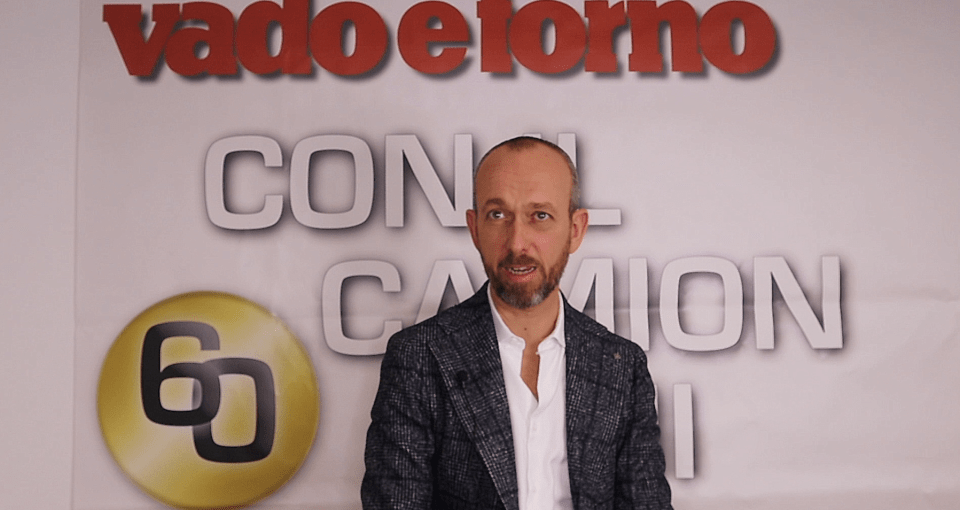
A great deal of interests from the stakeholders
After the early stages of the European roadshow, what has been the feedback coming from stakeholders and potential customers?
«We noticed a great deal of interest in the vehicle (the van, ed), of course. Moreover, what pleased us greatly, we received a lot of questions about everything that lies behind the product. Everyone perceived that this is something deeply new compared to the current standard in the automotive sector.
People also liked the aspects related to sustainability within the whole Arrival project, including the activities that are expected to come out within the market where the single microfactory is located. Another appreciated feature was the load capacity of the vehicles. Speaking of the van, the low floor is able to better exploit the height of the vehicle itself, allowing a greater capacity with a shorter vehicle that therefore moves with better agility on the road and has a reduced turning radius.
Arrival has been working quite silently for six years, launching over 200 patents covering hardware, software, materials, manufacturing methods and so on, precisely because we started from a completely new concept of vehicle manufacturing».
I will borrow the sentence of a colleague of mine, which I think is quite clear. He said: ‘We are able to put an innovation invented 5 days ago into a vehicle that is 5 years old’. This is the biggest difference between an Arrival vehicle and any other vehicle
Andrea Finardi, Head of Commercial for Southern Europe
Speaking of microfactories, do you expect tax incentives from governments, thanks also to the fact that taxes will be paid locally, as pointed out during the roadshow presentation?
«We are talking about it in several countries. Such a factor might help tip the scales one way or the other in the choice of location for microfactories, of course, although the aspects of technology and search of talented people remain paramount in our strategic decisions».
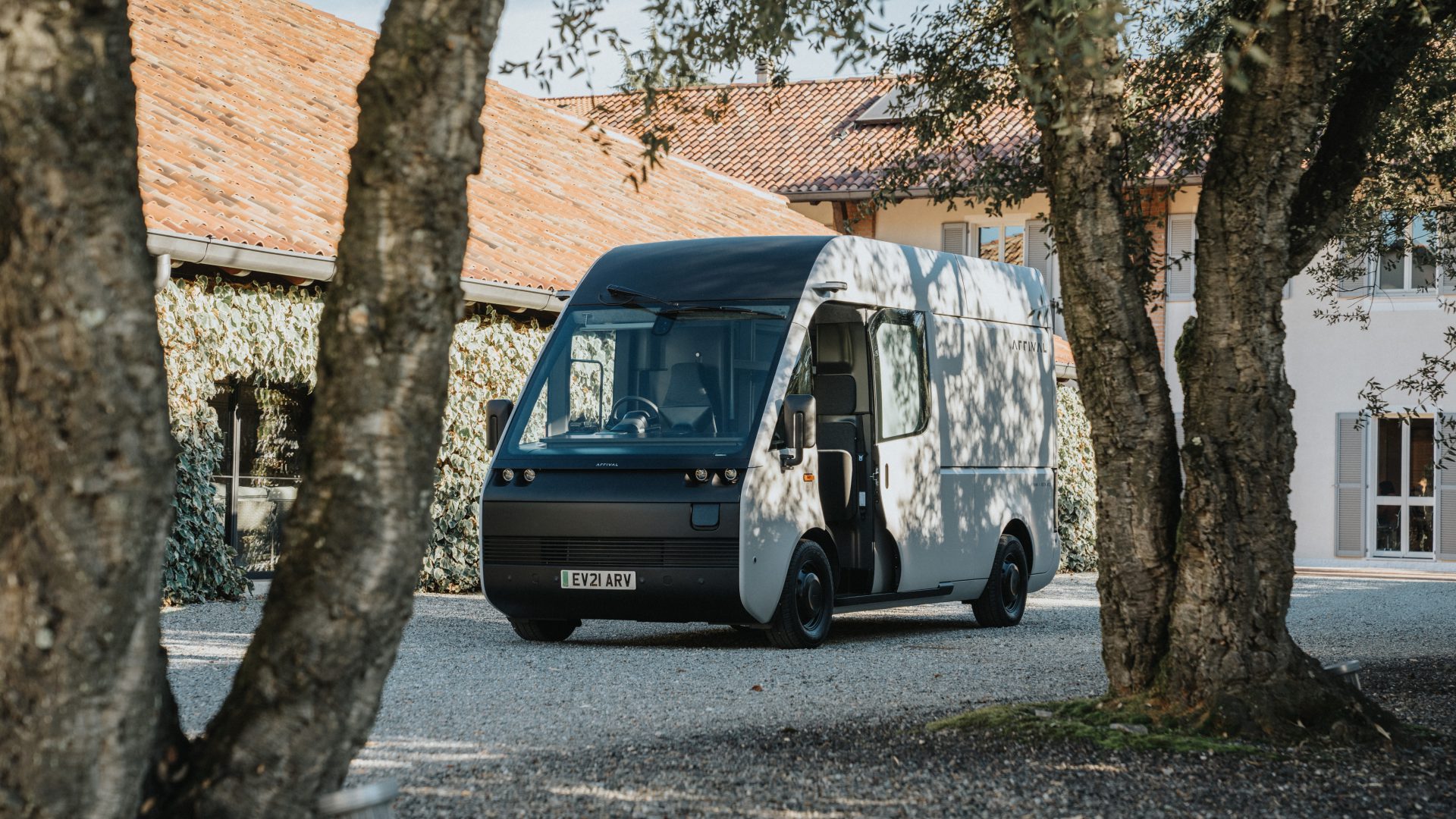
Among the most interesting aspects of microfactories is the possibility to assemble different models of vehicles in a single line. How is it possible to achieve this goal, also taking into account the high level of robotization of each microfactory?
«The cost of a microfactory is much lower than that of a traditional factory, first of all because, as we do not use sheet metal parts, we do not have the whole metal moulding or painting activities to perform. Especially in commercial vehicles, the moulding part involves the use of much more expensive machinery, which is much less sustainable than robots and requires more space. Also, the whole painting activities implies a higher impact in terms of sustainability and costs.
Robots are no more expensive than those installed in traditional factories. Microfactories will produce for small markets, so with very small numbers compared to the factories we know today. There are two main differences: the presence of the autonomous mobile robots, designed and produced by Arrival, which replace important parts of a conventional production chain. This gives us the possibility to have agile, modular and fully reprogrammable assembly cells. In this scenario, operators will have mostly supervisory tasks, apart from some given assembly tasks that inevitably imply manual operations».
Arrival stated that about 70 percent of the hardware and software components of the vans are made in-house. What are the components that will come from suppliers?
«Over the last six 5 years, Arrival has been able to acquire the know-how to internally manufacture components that were initially planned to be outsourced. The braking system, suspensions and aluminium parts all come from external suppliers, as do the battery cells, for which there is currently an agreement with Lg Chem».
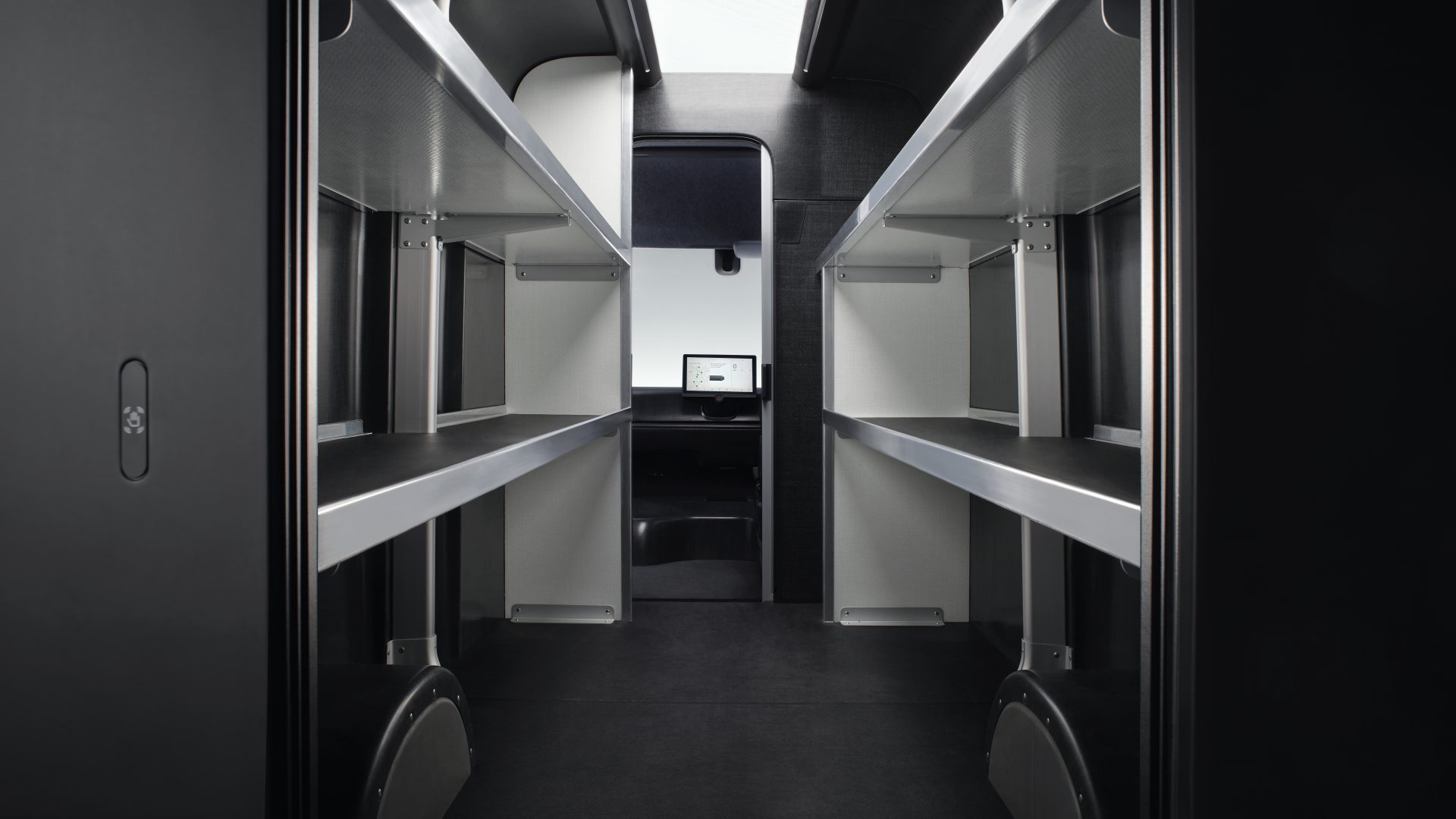
The biggest differences with other players
Focusing on vans, what are the elements that we could define as ‘disruptive’ compared to vehicles made by traditional manufacturers?
«In order to answer this question, I will borrow the sentence of a colleague of mine, which I think is quite clear. He said: ‘We are able to put an innovation invented 5 days ago into a vehicle that is 5 years old’. This is the biggest difference between an Arrival vehicle and any other vehicle.
Speaking of hardware, the components are designed to allow for the development of a vehicle over time and are set up to work with state-of-the-art software and even later upgrades. The basic concept is extremely modular and the entire project is designed to accommodate changes or upgrades without altering the overall layout. All this can of course make the possible customizations available even easier to be implemented».
Could you please make an example?
«Of course. Let’s take the batteries, which were developed as a sort of a box, which is the battery pack that works together with other packs. Each one has a power of about 3.7 kilowatts and then the vehicle is made according to the desired configuration. We have 67, 89, 111 kilowatt configurations available today and we are in the process of studying the 133 kW one. The ability to change the battery packs and make them more aligned with technology that is changing so much can generate two effects: increase the range or increase the load capacity».
The list price will be quite close to diesel vehicles
Arrival intends to sell electric commercial vehicles at a price aligned with diesel powered ones. How do you plan to achieve this goal? And are we talking about list price or TCO?
«We mean list price. The goal is to get as close as possible to the list price of diesel vehicles, which would mean being more competitive than other EV manufacturers. All this is possible because the vehicle is conceived in quite a simple way, although equipped with the most advanced technology available. Plus, as mentioned earlier, the cost of microfactories is lower than the one of traditional factories.
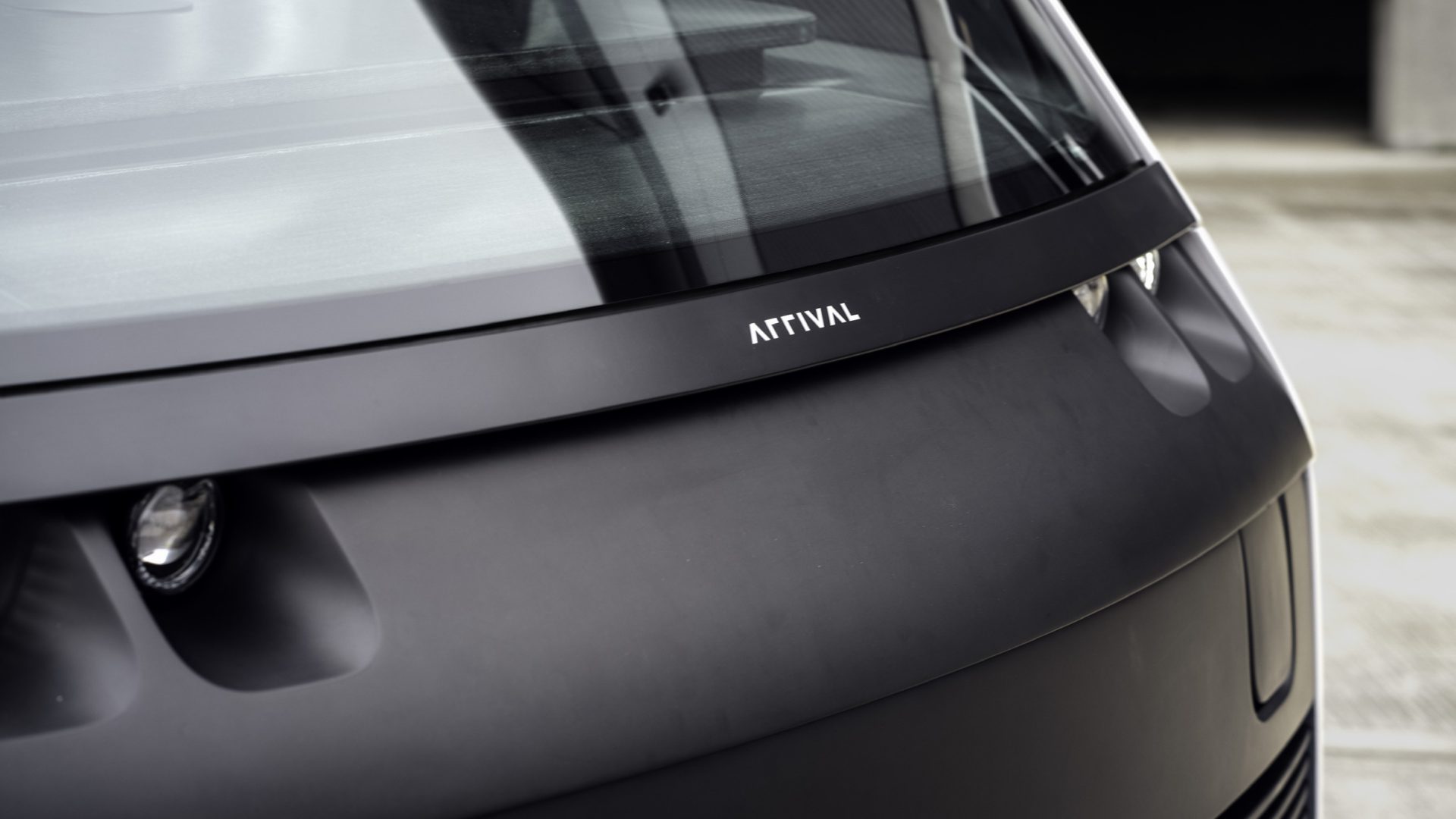
Of course, at the moment Arrival vehicles don’t have the production scale of more established vehicles, so we can’t go below that threshold. Our commercial policy will be based on the net price, therefore without discounts, also to safeguard the residual value, which decreases as the discount increases. The fact of maintaining a competitive but fixed list price also gives value to the operator who buys the vehicles. Such a business model was brought forward by Tesla and we have made it our own».
Is Arrival considering of adding range extenders on the vans, in order to face the issue of range anxiety?
«During the vehicle development stage, we have been working closely with UPS on several aspects, from ergonomics to safety, comfort and distances. When we met with potential customers, then, we asked them about their requirements in terms of range. We saw that there is a great deal of focus on the range, of course, but to our surprise most customers are perhaps more interested in the vehicle’s load capacity. The range ensured by our vans is quite enough for their daily needs. Let’s not forget, then, that both vans and buses are vehicles designed to work during the day and be recharged at night».
The goal is to get as close as possible to the list price of diesel vehicles, which would mean being more competitive than other EV manufacturers. All this is possible because the vehicle is conceived in quite a simple way, although equipped with the most advanced technology available
Andrea Finardi, Head of Commercial for Southern Europe
Another innovation concerns the material of which the bodywork is made. What is it?
«They are sheets of a composite material made of fiberglass and polypropylene that are cut and overlapped. More specifically, the fabric is made into rolls, cut by a machine into sheets that are then overlapped depending on how thick the panel has to be. The material has a higher strength capacity than sheet metal, so it is more difficult for it to be damaged.
In the event of an impact, the part is either damaged or undamaged. In the first case, the body piece can be changed. Changing a panel, however, is much easier than with traditional vehicles and the part can be fully recycled. Such an operation gives less significant fallout in terms of TCO».











